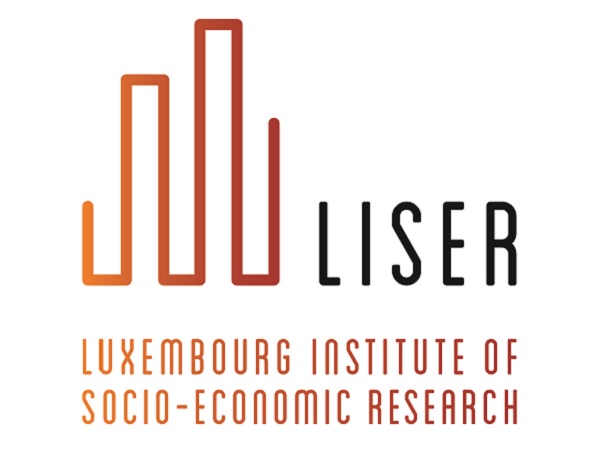
LISER has just published a new study on the differences in health-related quality of life (HRQOL) among male and female patients suffering from cardiovascular diseases.
The main aim of this new study was to measure gender differences in HRQOL among patients with cardiovascular diseases, and to assess the impact of socioeconomic factors on HRQOL between men and women, five years after a coronary angiography.
The study included 1,289 out of 4,391 patients who had undergone an angiography in the National Institute for Cardiac Surgery and Interventional Cardiology, Luxembourg in the period 2008/2009. Four indicators of the WHOQOL-BREF questionnaire (Self-rated health, Quality of life, Physical health, and Psychological health) were used in this study as interest variables.
To assess the socioeconomic inequalities in HRQOL between men and women, general linear models were constructed for every indicator, with education level and living conditions used as predictors, and demographic variables, cardiovascular risk factors, and cardiovascular events as covariates.
The results of the study showed that women were often older than men (71.5 as opposed to 68.1) and less likely to be married. HRQOL was significantly different between men and women even if they had the same socioeconomic status. The average score for overall health was 3.7/5 for men as opposed to 3.5/5 for women. Similarly, the life quality score was 3.8/5 for men versus 3.6/5 for women. Education level and living conditions were associated with lower HRQOL scores in men and women.
The findings showed that women have lower HRQOL than men regarding self-rated health, quality of life, and the WHOQOL-BREF physical and psychological sectors five years after undergoing a coronary angiography. They also showed that socioeconomic inequalities affect HRQOL, and their influence was similar in men and women. Finally, the results suggested that socioeconomic inequalities in HRQOL in women and men with cardiovascular diseases are significant five years after a coronary angiography.
Taking into account differences in gender and socioeconomic status in intervention strategies to substantially reduce the differences observed between women and men could help improve the effectiveness of secondary prevention.








